Over the last 30 years children have spent increased time indoors, and less outside. Time outside is important for physical development because it encourages gross motor skills. Children need wide open spaces and encouragement to run. Jumping and climbing can be learnt in soft play areas but there’s a world of difference between jumping onto a cushioned mat and jumping in the real world, or climbing padded steps or a net and climbing a tree.
Over the last 30 years children have spent increased time indoors, and less outside. Time outside is important for physical development because it encourages gross motor skills. Children need wide open spaces and encouragement to run. Jumping and climbing can be learnt in soft play areas but there’s a world of difference between jumping onto a cushioned mat and jumping in the real world, or climbing padded steps or a net and climbing a tree.
So, what do we need to run, jump and climb? Well, these actions require pretty much the same skills, albeit used in separate ways. They need balance, and by doing them more children develop their own balance system. They need core strength, and strong leg muscles (and arms too for climbing). They require spatial awareness on a large scale, and hand/foot-eye coordination.
But these skills aren’t the only things needed to be able to run, jump and climb. They all require courage and perseverance too.
Encourage these all important skills by jumping down from low heights like a step or a tree stump, then moving on to hopping like a frog, a bunny or a kangaroo. Jumping on the flat from standing is trickier – jump over drain covers or into hoops laid on the ground. Once that skills has been mastered you’re ready to jump up onto things. Play hopscotch too, to develop stability and strength.
To encourage running play chase or run races. Children will usually run naturally to keep up with their peers, but if you have a reluctant runner try to meet other children in the park or another open space and help them join in.
Parks often also have frames, nets, or rope ladders to encourage climbing. Help little ones master climbing skills by going up the steps to the slide, pulling themselves up on a platform or hanging on to a scramble net.
How do you develop locomotor skills?

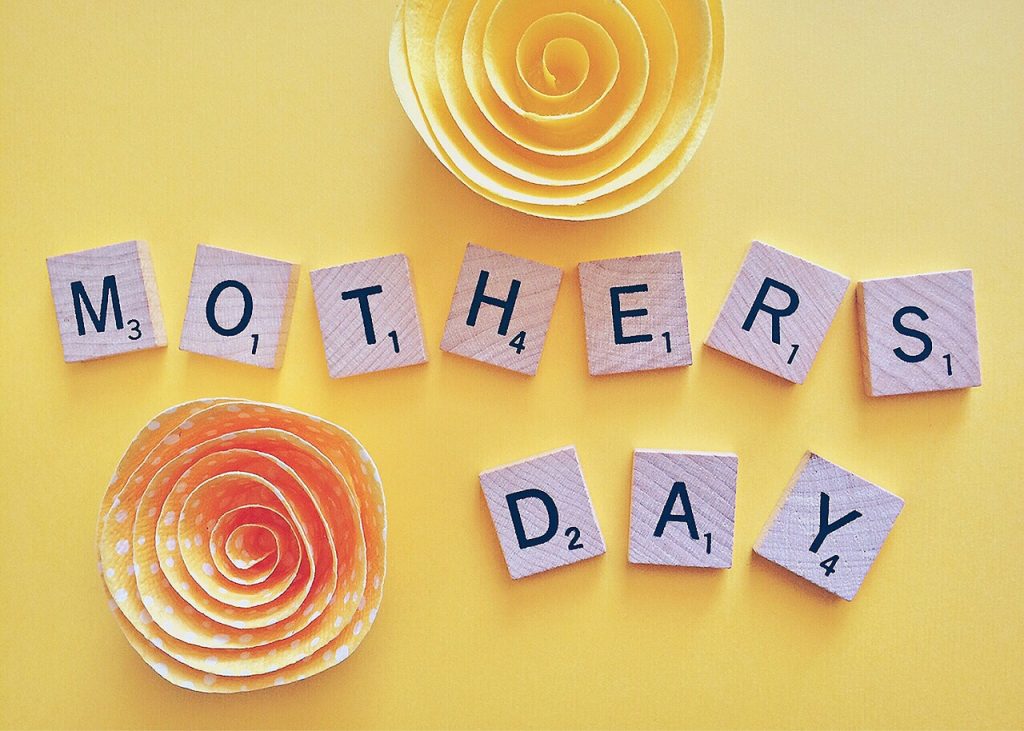
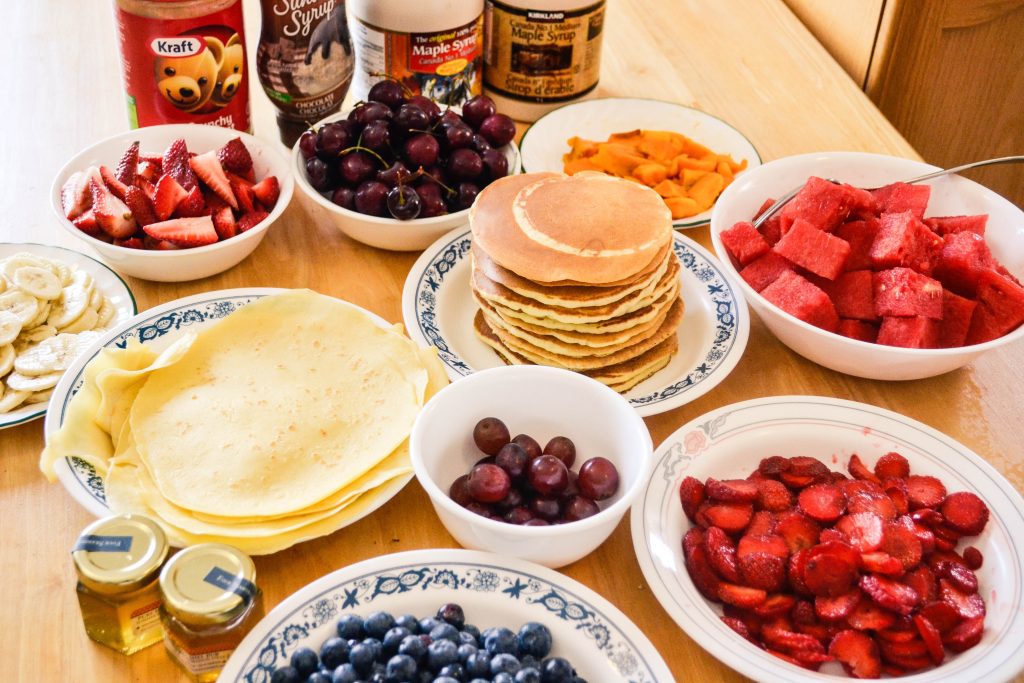
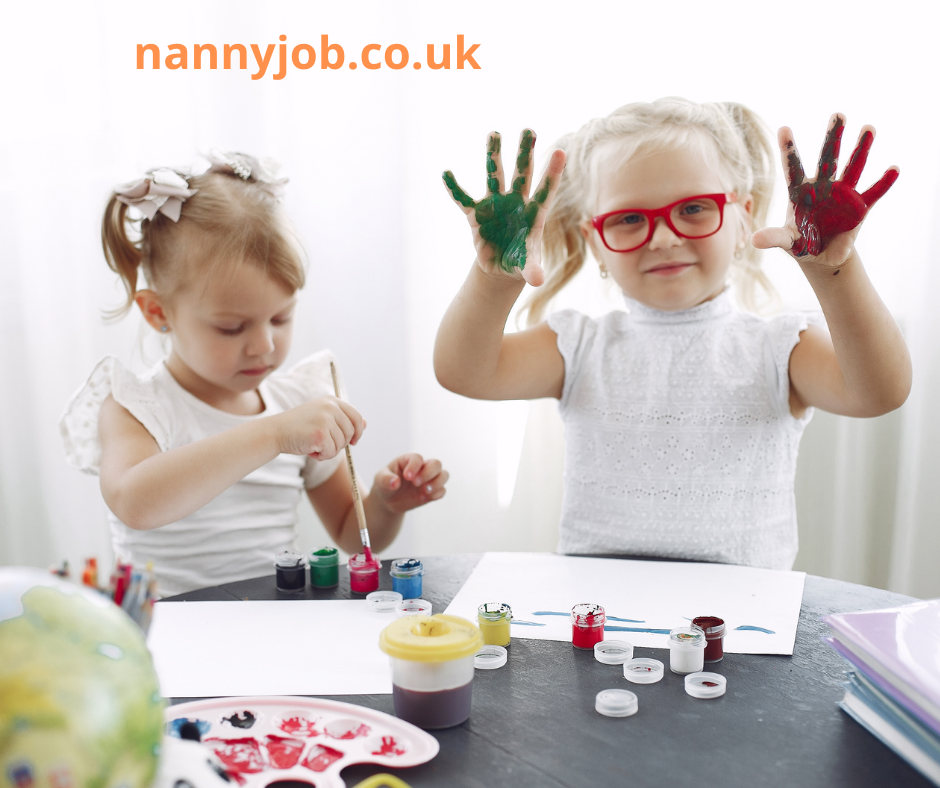
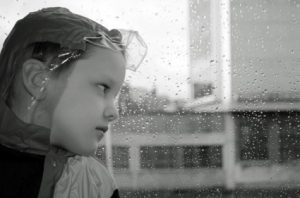 If you’re running out of inspiration then have a look at our 101 ideas!
If you’re running out of inspiration then have a look at our 101 ideas!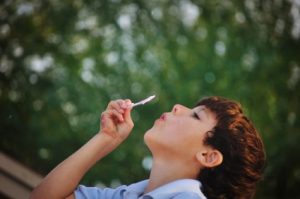 Messy play
Messy play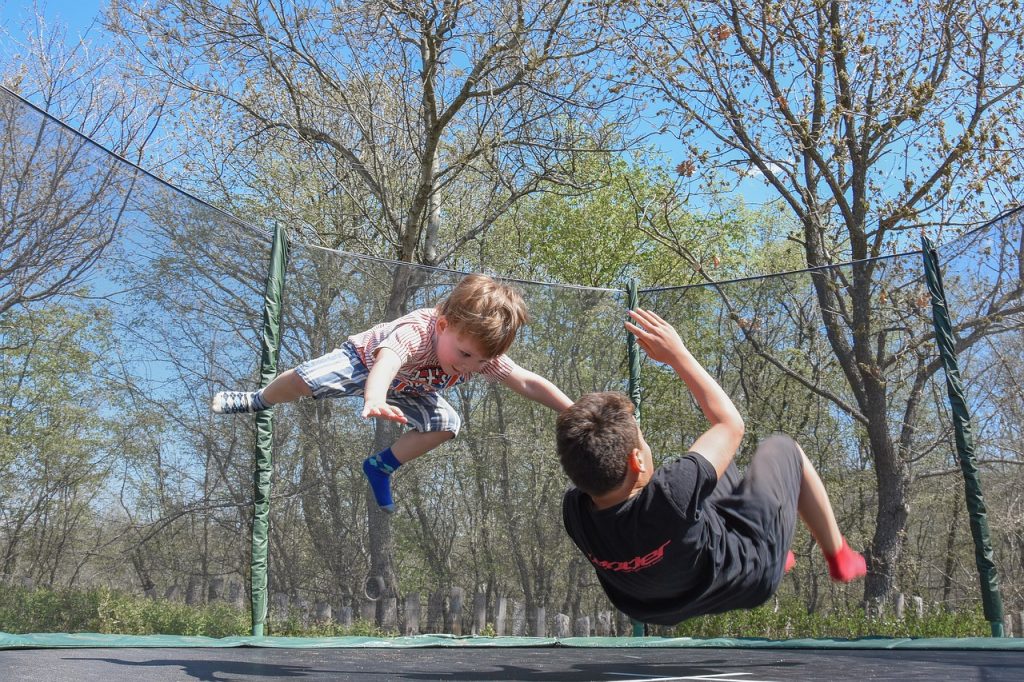
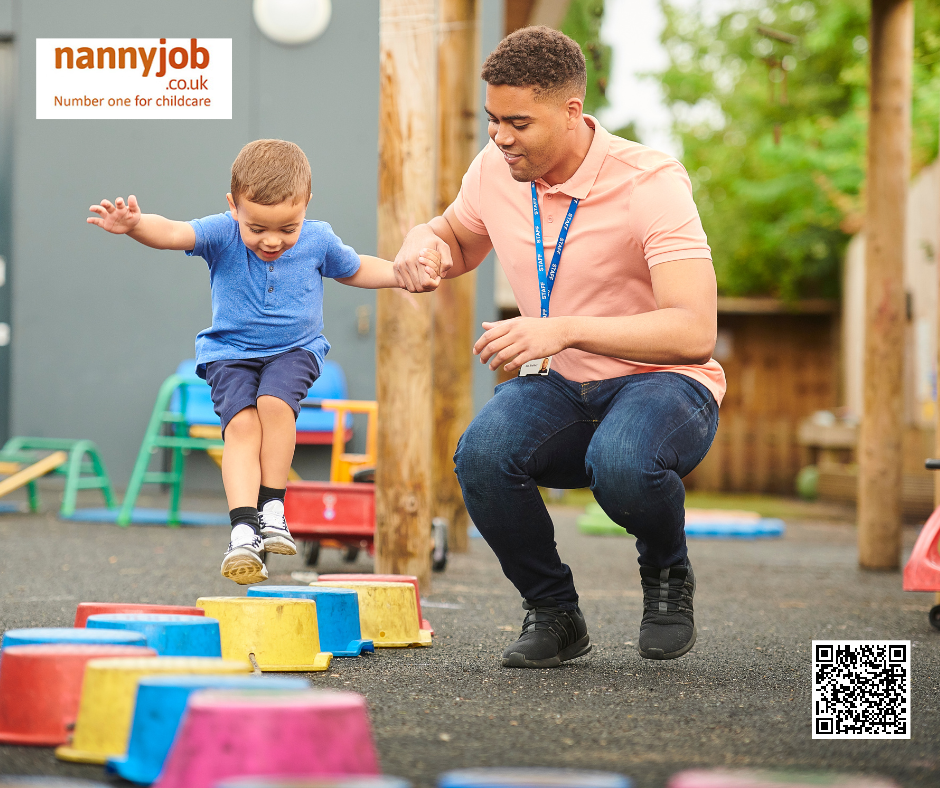
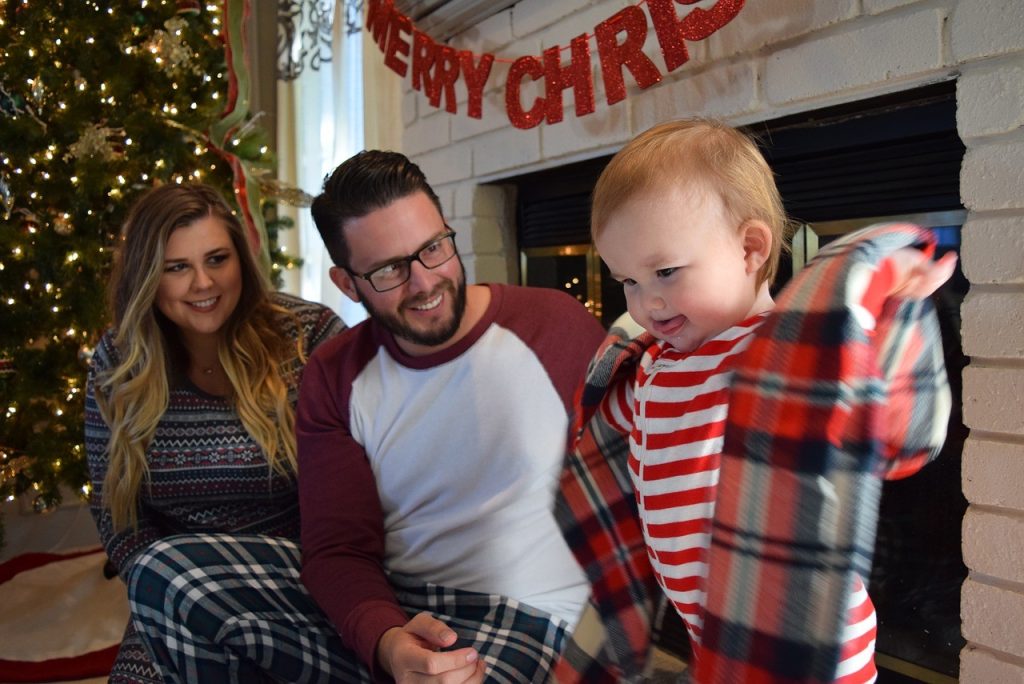
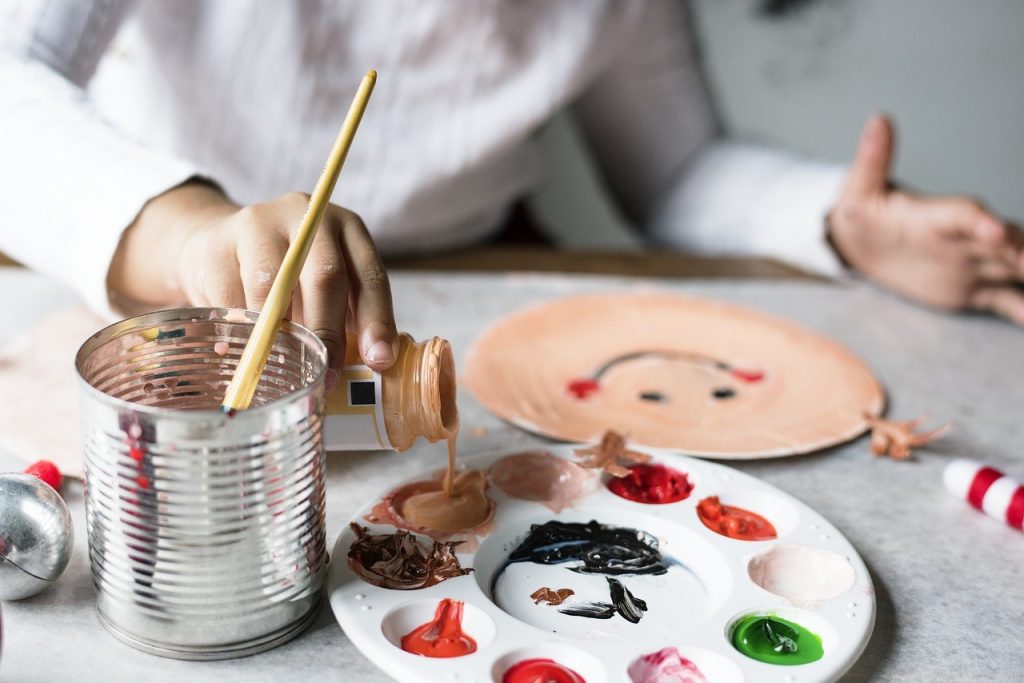

 With the cost of living on the increase and many of us watching the pennies (and pounds!) you might decide to recreate some of the fun at home with sparklers or by building a small bonfire with older children, maybe even doing some campfire cooking. The most important thing to keep in mind is that fire, and fireworks, are dangerous.
With the cost of living on the increase and many of us watching the pennies (and pounds!) you might decide to recreate some of the fun at home with sparklers or by building a small bonfire with older children, maybe even doing some campfire cooking. The most important thing to keep in mind is that fire, and fireworks, are dangerous.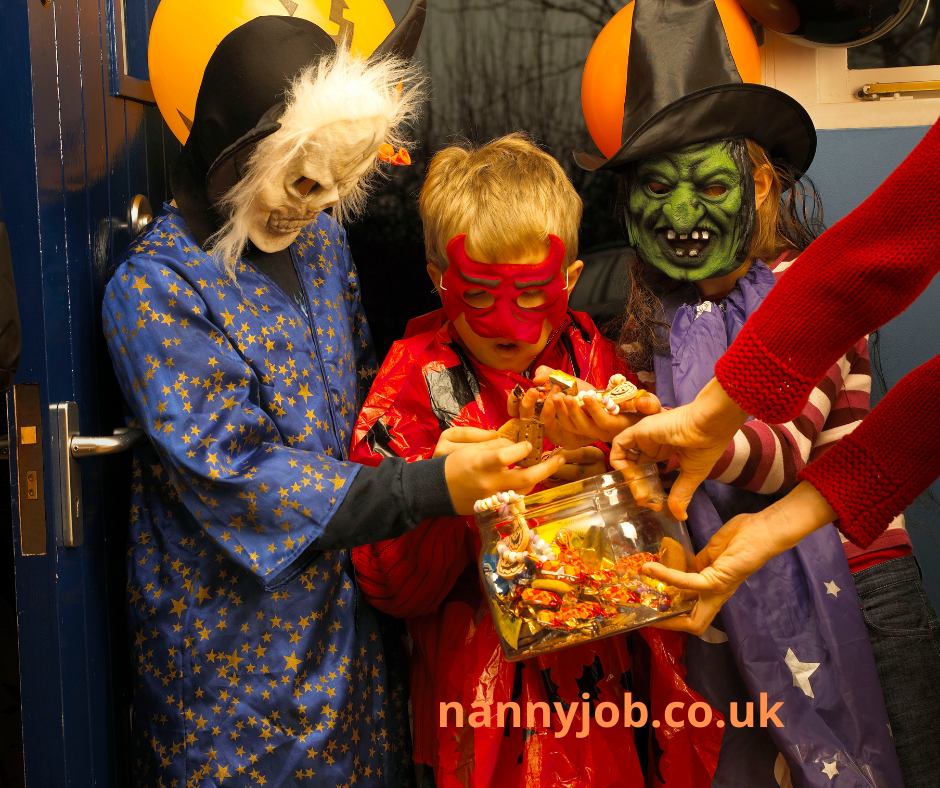
 Whether you agree with Halloween or not it’s become a fixture in the calendar. A time for dressing up, a time for scary stories and a time to go out and beg the neighbours for sweets – also known as trick-or-treating – and a few additional risks.
Whether you agree with Halloween or not it’s become a fixture in the calendar. A time for dressing up, a time for scary stories and a time to go out and beg the neighbours for sweets – also known as trick-or-treating – and a few additional risks.